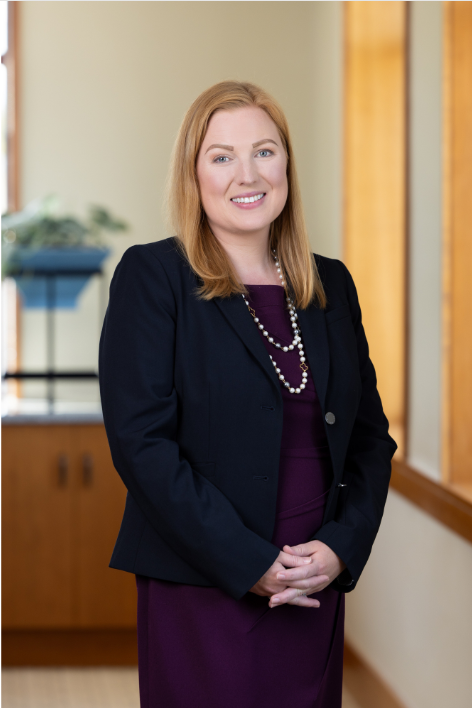Congress passed the CARES Act (the “Act”) last week, with the intent of stimulating and providing emergency relief to the American economy. One component of the Act that is designed to provide immediate relief to employers is the Paycheck Protection Program (“PPP”). The PPP, outlined in §1102 of the Act, allocates $349 billion to disburse loans of up to $10 million to qualifying employers. Those employers will use the funds to cover immediate financial obligations over the next few months. The loan can be used to cover payroll costs, rent, mortgage interest, and utility costs. Moreover, if an employer uses most of that loan to keep paying employees, all of the loan could be forgiven by the SBA. See §1106 of the Act.
Since the purpose of the Act was to get immediate relief out to the economy, the SBA has been working to keep up with the aggressive timelines set by the Administration and Congress. Small businesses and sole proprietorships are able to apply for loans starting today (April 3), but the SBA only released an interim final rule (the “Rule”) yesterday (April 2). The SBA published the Rule on the Treasury website. The Rule is effective immediately, but public comments will be accepted for the next 30 days. As a result of the timing of the release of the Rule, it is unclear whether banks will be able to accept and process applications today. But even if banks and lenders are not able to accept applications today, employers should be ready to submit applications ASAP.
Here’s what employers should know about the PPP program:
Loan Application
- Loans under this program are fully guaranteed by the SBA and the full amount of the loan principal may qualify for forgiveness.
- Employers do not need to include a personal guarantee or collateral, but they will need to include various certifications and documentation.
- Eligible employers are those that have fewer than 500 employees whose principal place of residence is in the US; are a small business as defined by the SBA, a tax-exempt non-profit organization, a veterans organization, a sole proprietorship, an independent contractor, or a self-employed individual; and were in business on February 15, 2020.
- Employers can apply for a loan up to 2.5 times their average monthly payroll costs. These payroll costs include salary, wages, and commission; cash tips or equivalent; payments for vacation, parental, family, medical, or sick leave; allowance for separation or dismissal; payments for provisions of employee benefits (including health care and retirement); and state or local tax payments that are based on employee compensation. Note, payroll costs cannot include sick and family leave credits for which a credit is allowed under the Families First Coronavirus Response Act, and payroll costs are capped at annual compensation of $100,000, including other payroll costs, such as health care and retirement benefits.[1]
- The interest rate on the loans will be 1%, and the maturity date for the loan is two years. No payments will need to be made on the loan for the first six months, but interest will accrue during the six-month deferment.
- Employers may only apply for one PPP loan. SBA recommends applying for the maximum allowable amount.
Loan Forgiveness[2]
- The full principal amount and any accrued interest for the PPP loan is eligible to be forgiven.
- The eligible amount of loan forgiveness will be reduced if the employer uses loan proceeds for non-forgivable purposes or reduces employee levels or compensation.
- To be eligible for full forgiveness, the employer must
- Use at least 75% of the loan on payroll costs;
- Limit non-payroll costs to no more than 25% of the loan amount (e.g. mortgage interest, rent, and utilities);
- Not reduce its workforce compared to one of two comparison periods (either February 15, 2019, through June 30, 2019, or January 1, 2020, through February 29, 2020, as selected by the borrower); and
- Not reduce wages more than 25% during the period covered by the loan as compared to the most recent full quarter[3]
- Even if employers are not eligible for full forgiveness (e.g., if they use less than 75% of the loan proceeds on payroll costs), there would still be a proportional forgiveness of the loan. The exact calculation of this is forthcoming.
In summary, the Paycheck Protection Program can be a useful tool for small businesses and non-profit organizations to weather these uncertain times. While all parties involved in rolling out the PPP, including the SBA and the banks, are working hard to get this program up and running, there is still uncertainty about the specific rules and regulations surrounding the program. Eligible businesses and other organizations should continue to monitor changes and developments surrounding the program.
[1] Payroll costs for employees who make more than $100,000 per year can be included in the payroll calculation, but are capped at $100,000. This is explained on Page 8 in the Rule.
[2] The SBA has indicated that it will issue further guidance on loan forgiveness. The information below is from the Rule and the text of the Act.
[3] The Rule does not include any guidance on how this would be calculated. But see §1106(d)(3)(A) of the Act.






